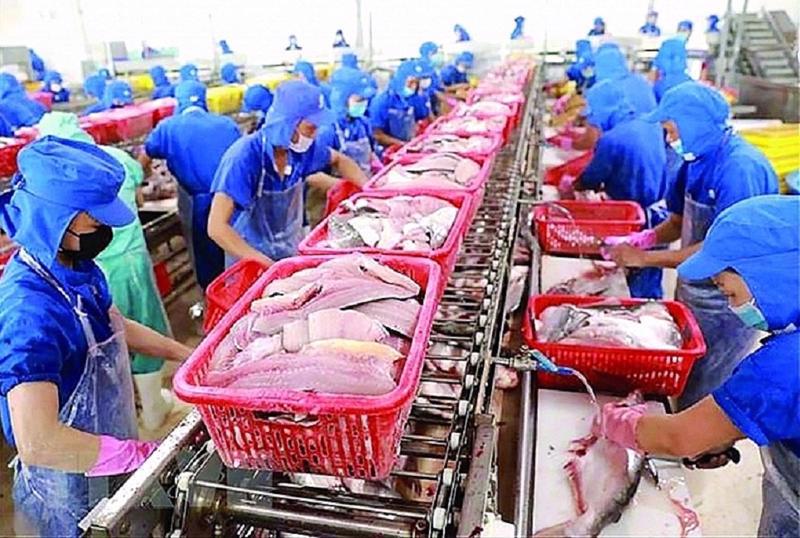The Comprehensive and Progressive Agreement for Trans-Pacific Partnership (CPTPP) has significantly accelerated Vietnam’s trade with the Americas since its implementation in January 2019, particularly with Canada, Mexico, and Chile, according to Deputy Minister of Industry and Trade Nguyen Hoang Long.
Speaking at a seminar organized by the European – American Market Department under the Ministry of Industry and Trade (MoIT) on October 2, Deputy Minister Long reviewed the CPTPP’s achievements over the past five years and discussed strategies to enhance trade and collaboration with the Americas.
Mr. Long cited statistics from the General Department of Customs, which showed that the export and import value between Vietnamese businesses and CPTPP markets increased by 56.3% over five years, rising from $8.7 billion in 2018 to $13.6 billion in 2023. This period, however, was marked by significant challenges, including the global economic downturn and the COVID-19 pandemic.
Vietnam’s exports to CPTPP markets nearly doubled during this time, growing from $6.3 billion to $11.7 billion, while the trade surplus almost tripled, from $3.9 billion to $11.01 billion.
In addition to these impressive trade figures, Deputy Minister Long noted that participation in the CPTPP has accelerated institutional reforms in Vietnam and improved the legal system towards greater transparency. This not only compels enterprises to operate more professionally but also enhances Vietnam’s international reputation, attracting more foreign investors.
The relationship between Vietnam and the Americas has also been strengthened through strategic commitments, Mr. Long added.
Highlighting Vietnam’s trade relations with Canada, Mexico, and Peru before the CPTPP negotiations, Mr. Ngo Chung Khanh, Deputy Head of the MoIT’s Multilateral Trade Policy Department, assessed that trade with these three countries has grown significantly, with all recording positive growth rates.
With Canada and Mexico, the growth rate is quite high and uniform, while with Peru, the growth rate remains modest, he said.
Although achieving fairly positive results after five years of implementing the CPTPP, Deputy Minister Long emphasized that the CPTPP still has many untapped potentials.
For example, the added value of Vietnam’s exports is still low, brands have not been adequately prioritized, and the proportion of Vietnamese goods in the import structure of countries in the Americas is still limited, he said.
Meanwhile, the Americas is a large market that is closely interconnected through overlapping free trade blocs such as the Canada-United States-Mexico Agreement (CUSMA), the Pacific Alliance (PA), and the Southern Common Market (MERCOSUR). By leveraging the advantages that the CPTPP agreement brings, along with the favorable gateway positions of member countries in the region such as Canada, Mexico, Chile, and Peru, businesses can consider expanding and diversifying their import and export markets into this dynamic and promising market through business and investment production in these countries.
To turn these opportunities into reality, Mr. Long said businesses need to grasp market information, seek new and effective logistics solutions, and enhance their ability to take advantage of tariff preferences in the CPTPP.
At the same time, they should research ways to increase the utilization rate of preferential certificates of origin (C/O) in the CPTPP through initiatives such as establishing domestic raw material centers or guiding and encouraging businesses to exploit the use of “cross origin” and “cumulative origin” rules in the CPTPP for products that use raw materials from member countries.
Additionally, connectivity for businesses to deeply participate in the global supply chain, especially with CPTPP member countries, should be enhanced.
“These are solutions that contribute to achieving dual goals: increasing the ability to take advantage of the opportunities brought by the Agreement, achieving economic efficiency, and cooperating with countries in the region,’ emphasized the Deputy Minister.









 Google translate
Google translate